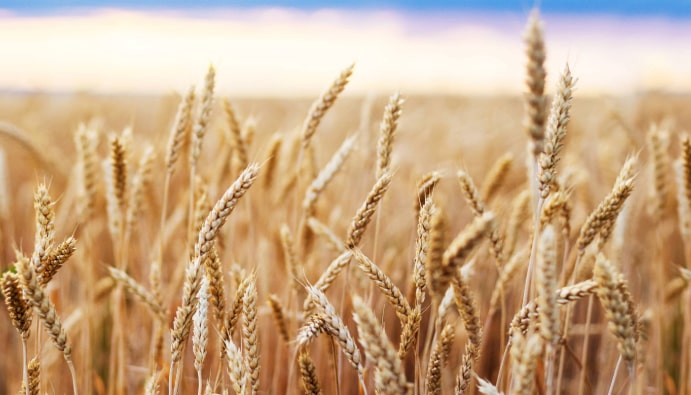
BLOG
KATEGORİDEKİ DİĞER YAZILAR

Wheat (Triticum spp.) is considered a staple food source that plays a major role in human nutrition. There are two main types of wheat, Triticum aestivum (bread wheat) and Triticum durum (durum wheat). It is rich in carbohydrates, protein, fiber, vitamins (especially B vitamins) and minerals (iron, magnesium, zinc). It is used in the production of many food products such as flour, bread, pasta, biscuits, cakes, animal feed and industrial areas. When evaluating wheat quality, it is related to taste, texture and odor as well as health and nutritional value.
Wheat has a distinctive odor. It should not have a different and bad odor. Odors in wheat are divided into three:
The main components affecting the odor of wheat are aldehydes such as pentanal, hexanal, nonanal and other volatile organic compounds. The conditions under which wheat is stored (humidity, temperature, etc.) can affect odor determination, so it is important to keep storage conditions under control.
Odor determination of wheat grain is an important parameter for determining the quality and suitability of storage conditions. Deterioration, mold, oxidation and other quality problems occurring in wheat can be determined by odor determination. Odors detected in wheat grains can also lead to physical and microbiological tests on the product. Thus, the storage conditions of the product can be interpreted.
Determination of odor in wheat can be done by taking a handful of wheat, giving a strong breath to the wheat in the palm of the hand and smelling it and determining the smell felt or by boiling the wheat crush after diluting it 1/10 and smelling the steam coming out.
For more information visit our website: https://www.nano-lab.com.tr/
You can follow us on LinkedIn for up-to-date news and posts about our services.
Follow our Instagram account to be informed about our latest blog posts.